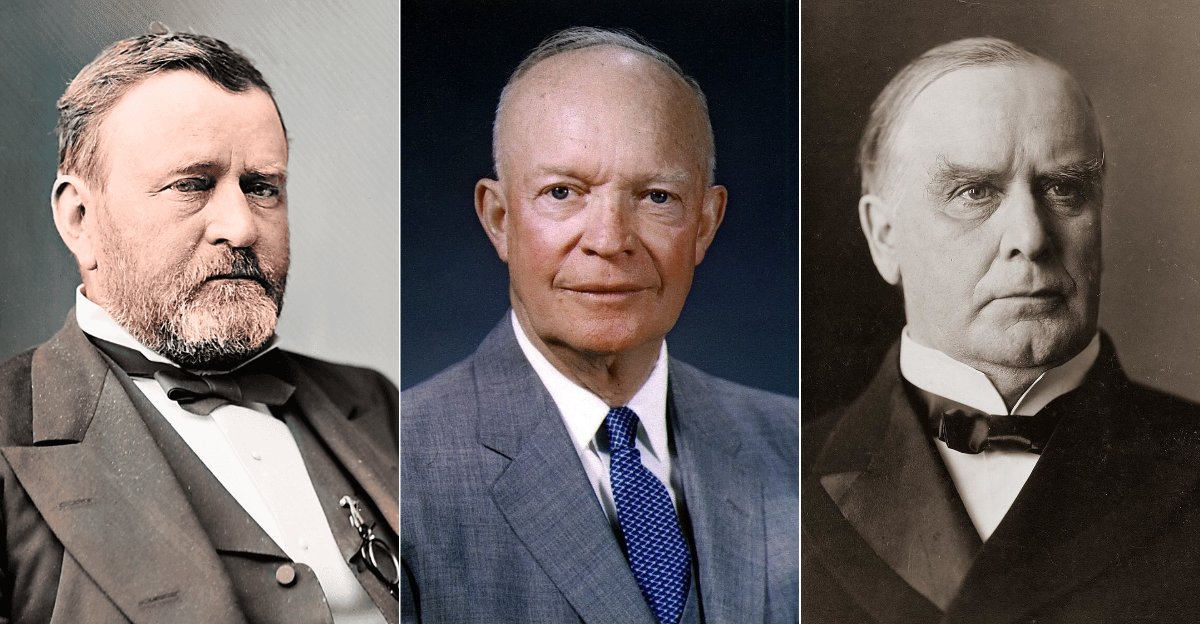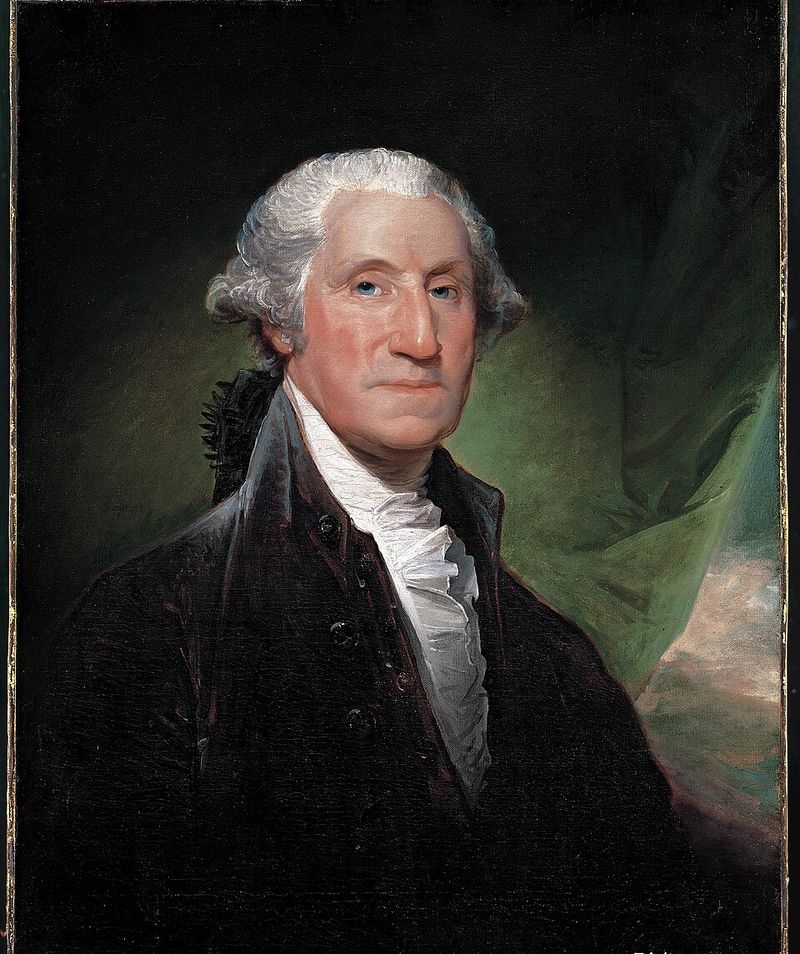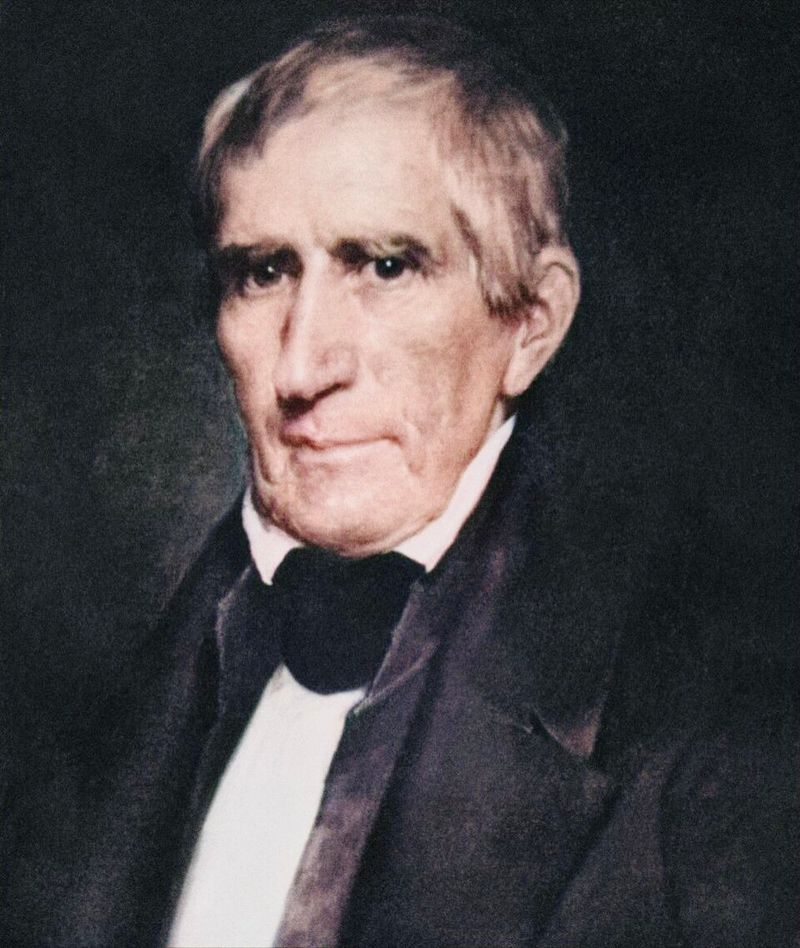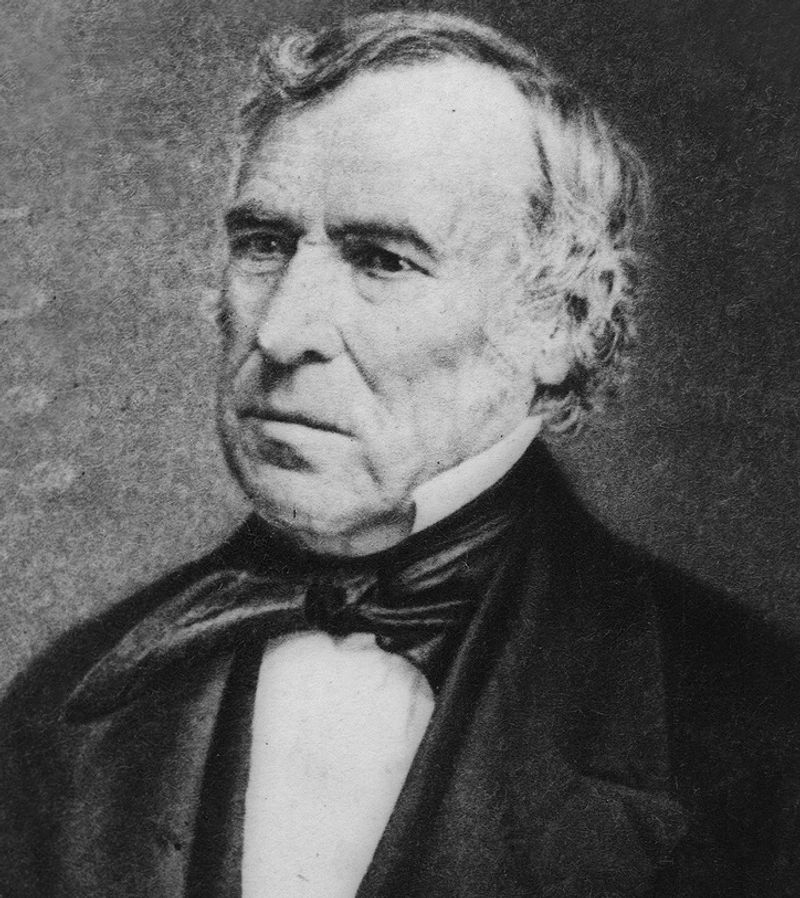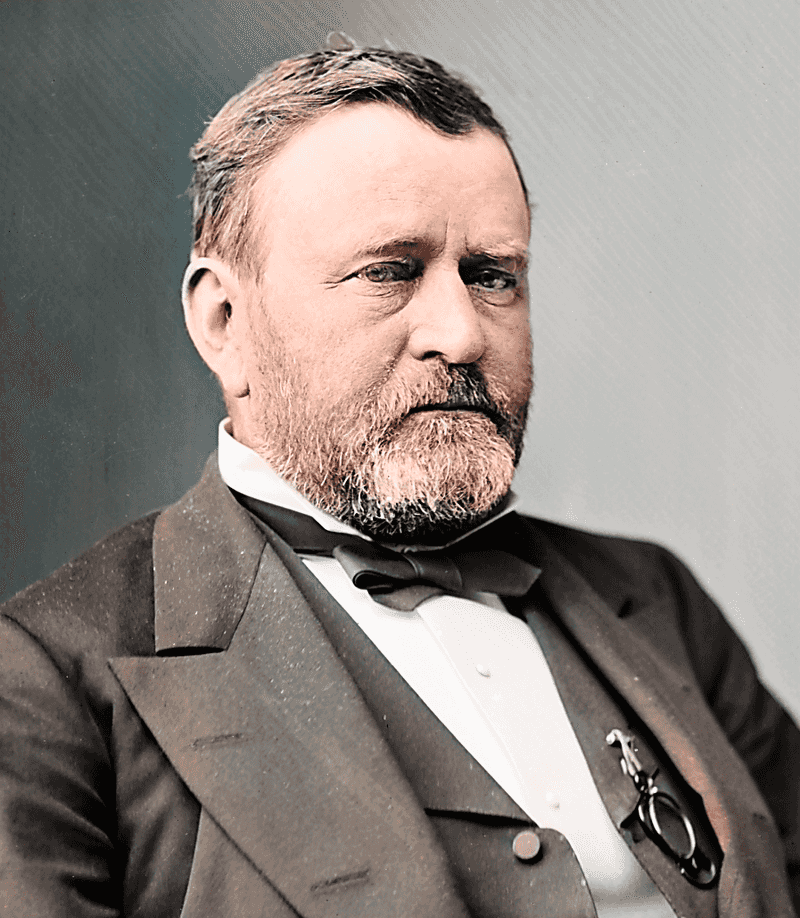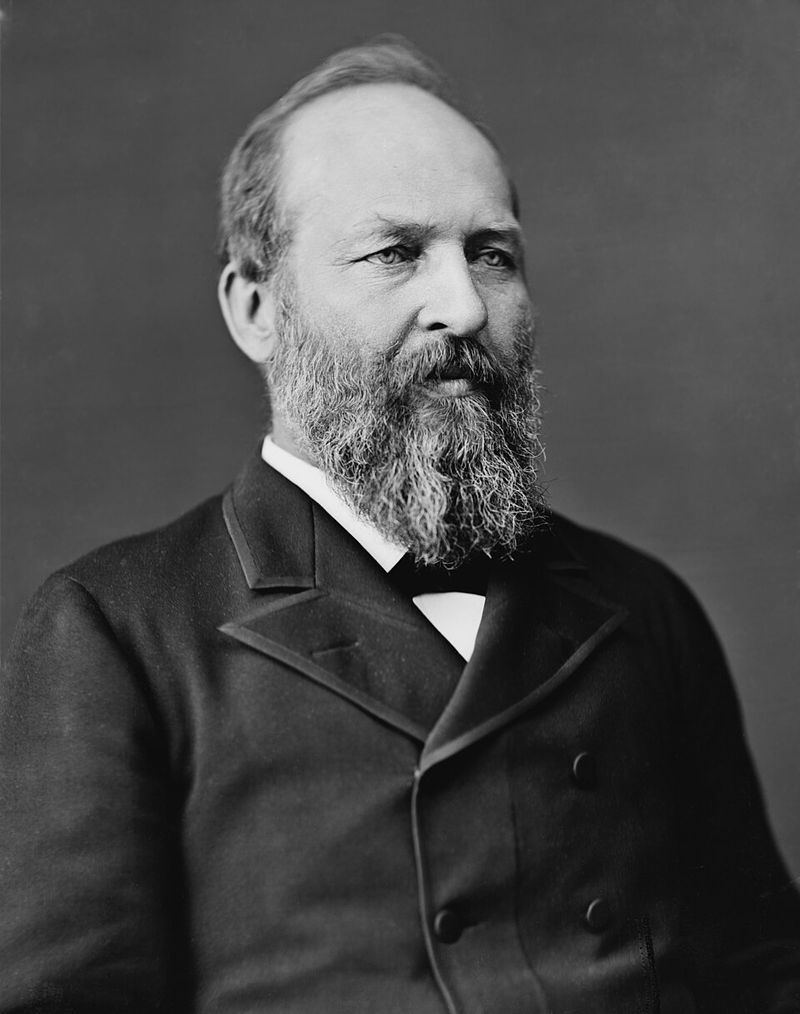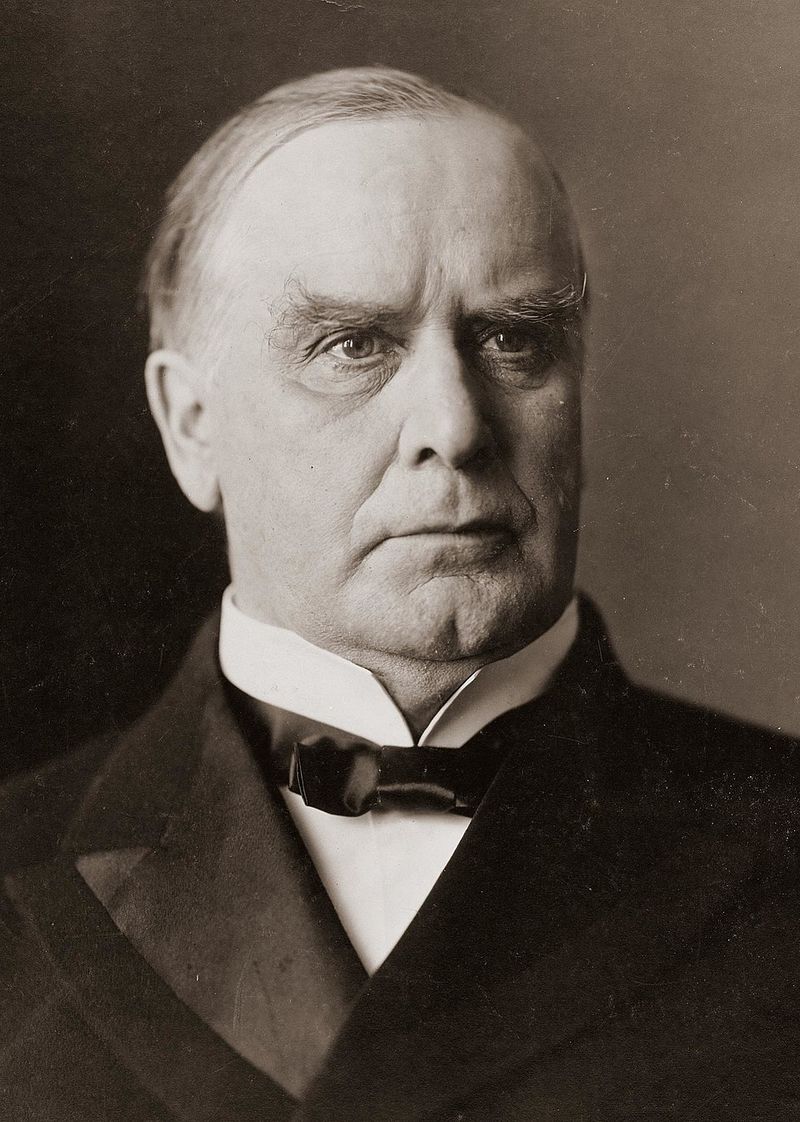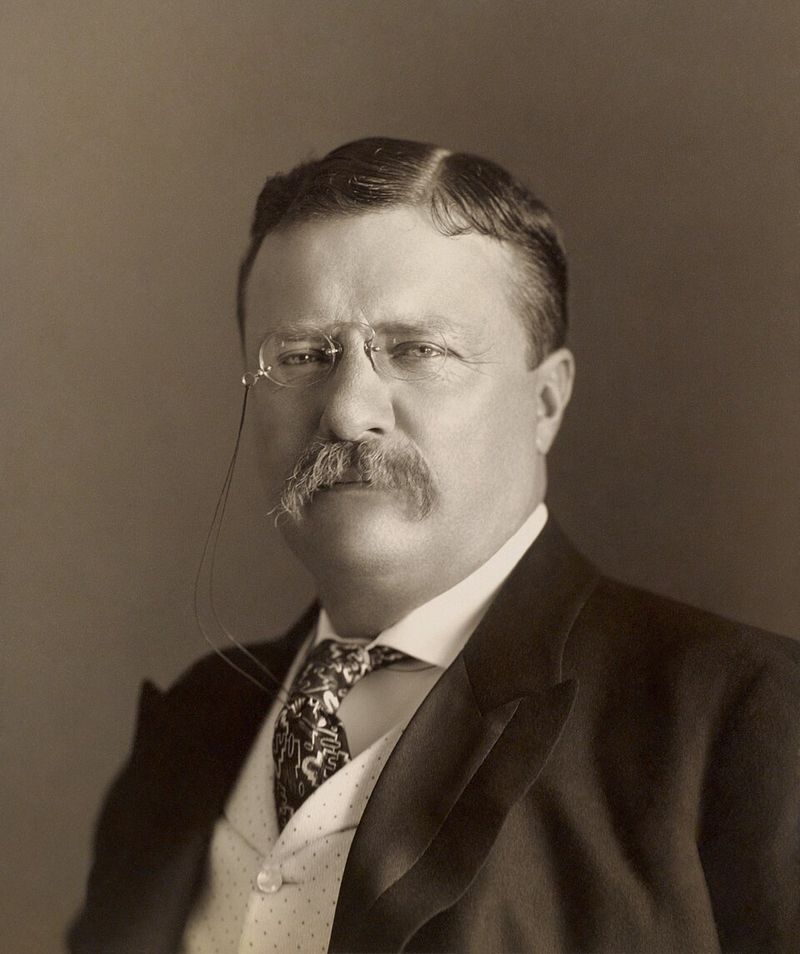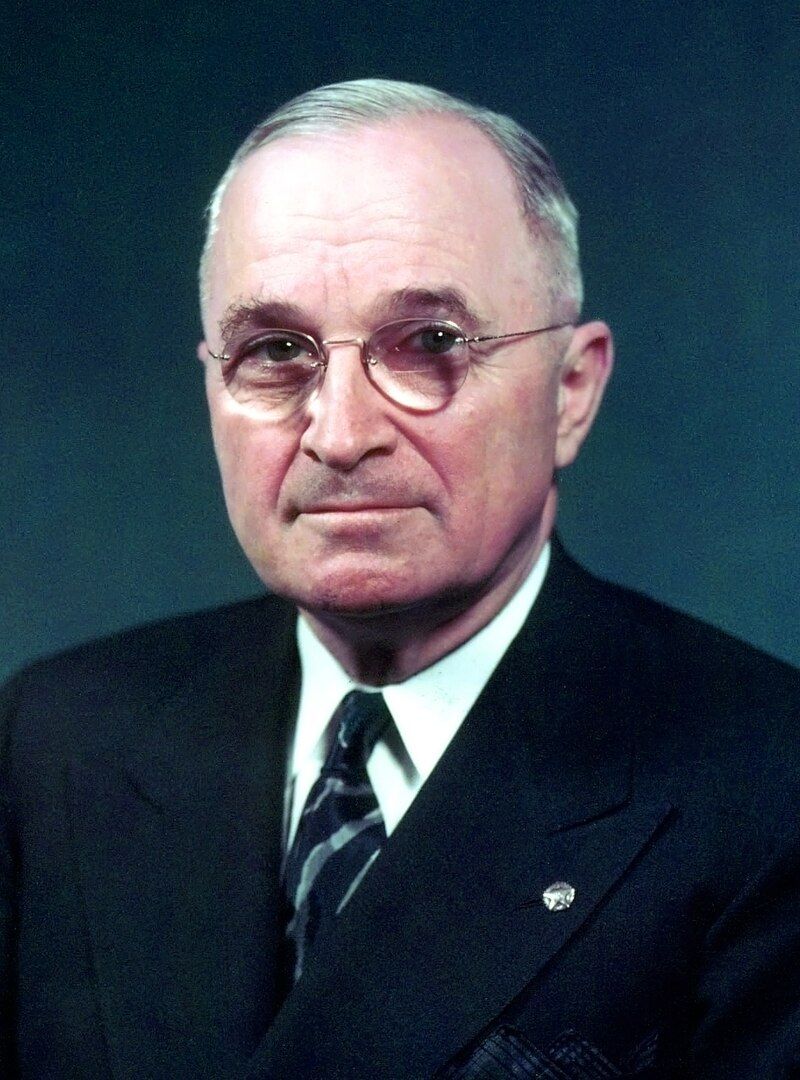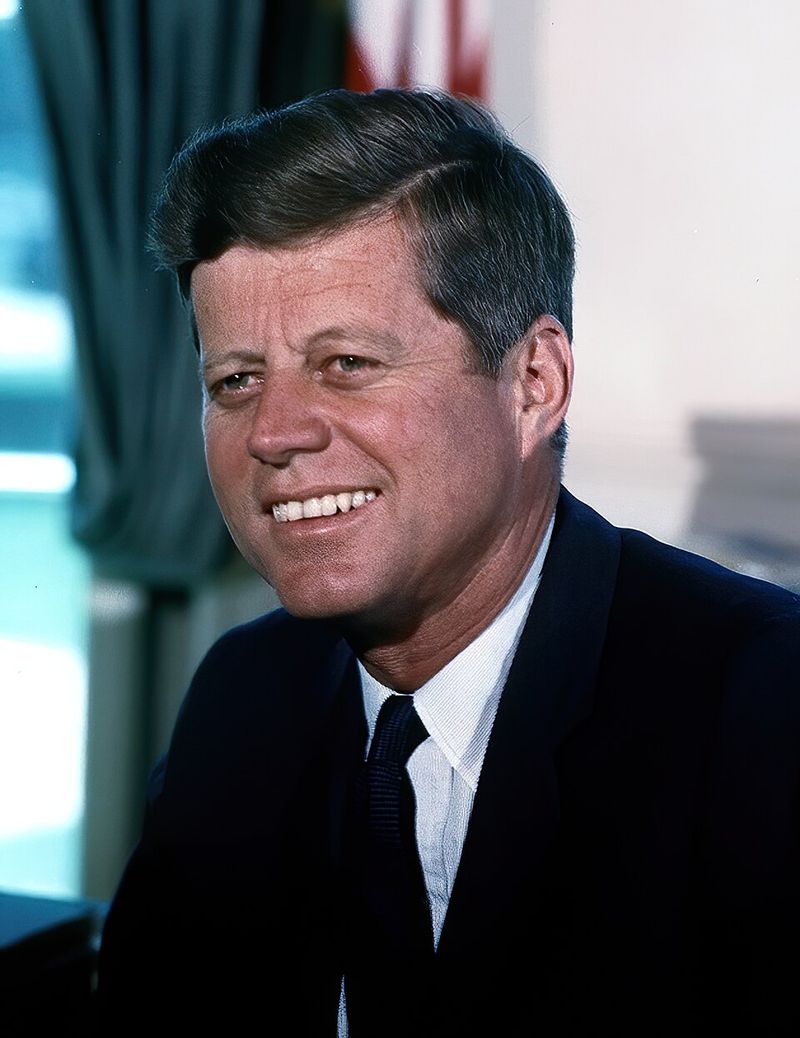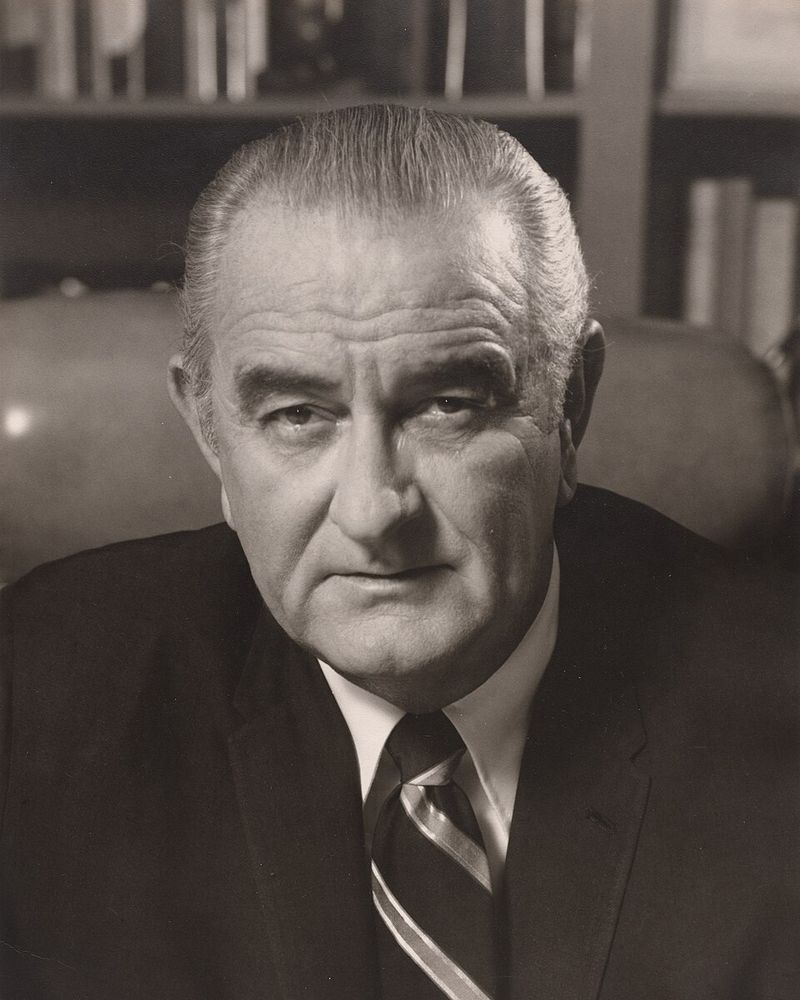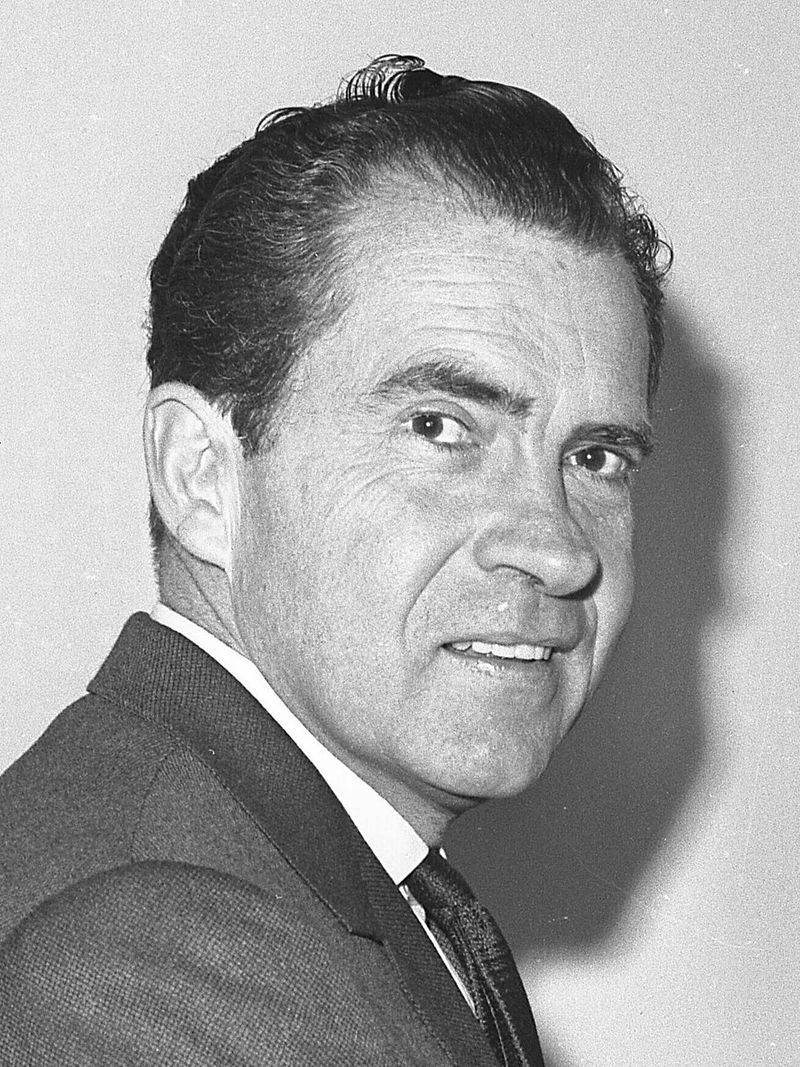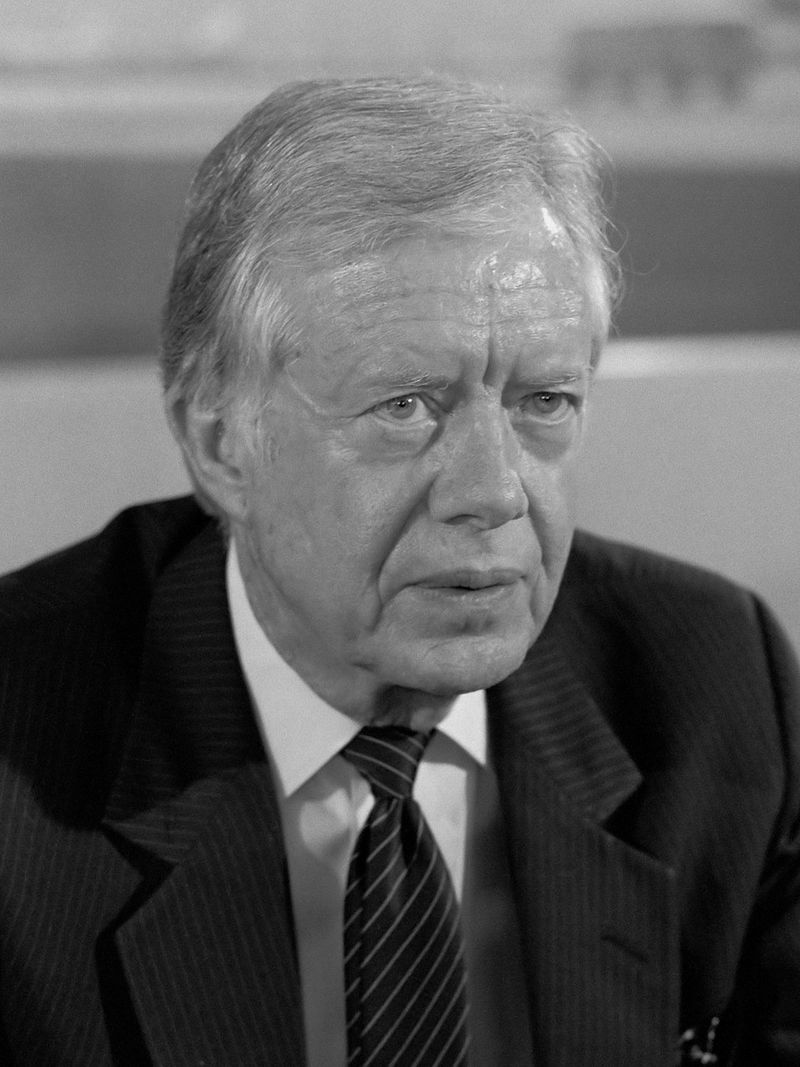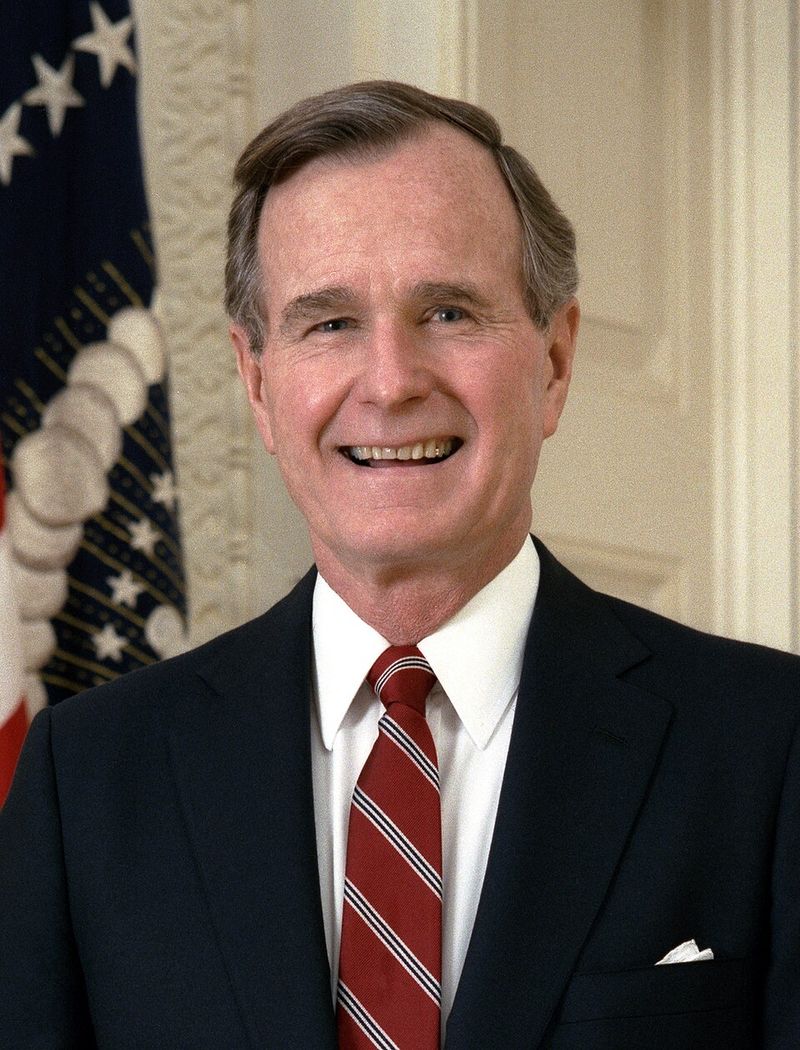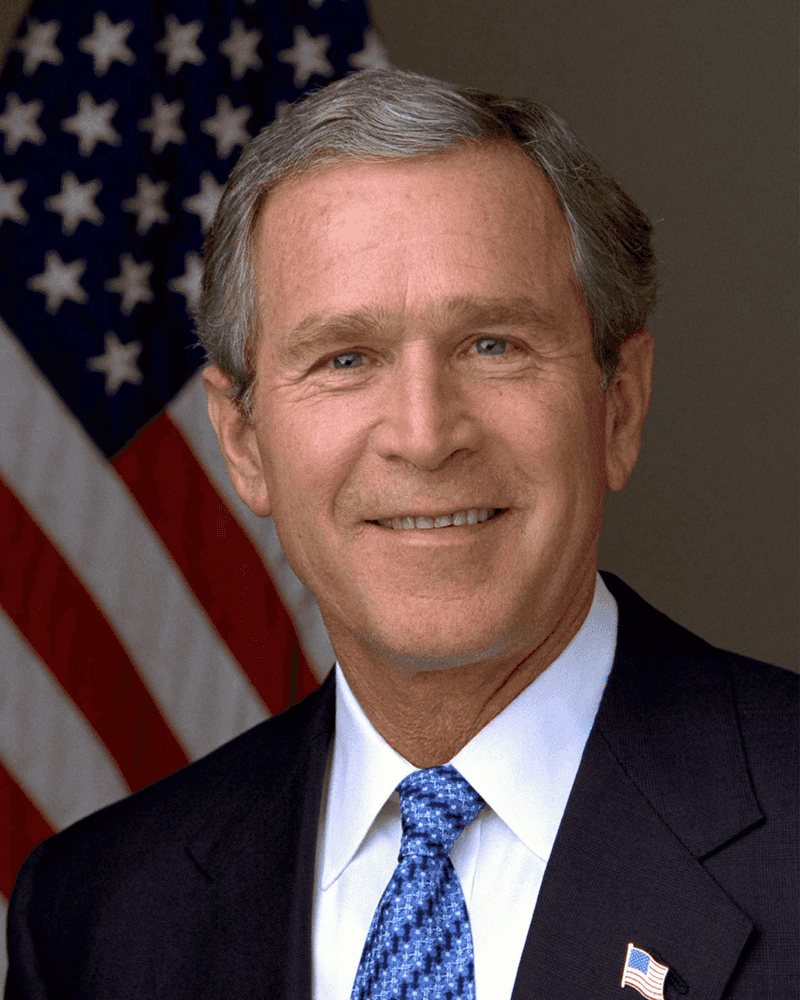Before these leaders ever took the oath, they were already waging battles for liberty, union, and justice. From muddy battlefields to smoky ship decks to bruising legislative fights, their actions forged reputations that later propelled them to the Oval Office. Some stories are messy and morally complex, others undeniably heroic, all deeply human. Dive in to discover how each future president earned hard-won credibility long before stepping into the White House.
1. George Washington – Commander of the Revolution
Years before the presidency, George Washington accepted command of a fledgling Continental Army with scarce supplies and fragile morale. He learned to fight a global empire while juggling politics, logistics, and alliance-building. Washington’s patience through retreats and winter privations kept the cause alive when defeat seemed certain. His strategic choices at Trenton, Princeton, and eventually Yorktown proved decisive. By 1781, cooperation with French forces delivered a climactic victory that secured independence. Afterward, he surrendered his commission, setting a republican precedent of civilian primacy. That self-restraint, as much as battlefield grit, made him the indispensable figure of a new nation.
2. Andrew Jackson – Defender of New Orleans
Andrew Jackson’s legend crystalized at New Orleans, where he assembled an improvised army and faced a larger British force. His lines held behind rough earthworks, delivering a startling victory that energized a young nation’s pride. The success symbolized a people’s resolve against imperial power and elevated Jackson to instant celebrity. Yet his broader martial career included harsh campaigns against Native nations, leaving a deep moral scar. The duality of heroism and harm follows his legacy. Still, for Americans in 1815, the defense of New Orleans felt like proof that liberty could be held by grit, tenacity, and local ingenuity.
3. William Henry Harrison – “Old Tippecanoe”
William Henry Harrison rose from frontier official to national celebrity through hard campaigning in the Old Northwest. Tippecanoe in 1811 solidified his reputation as a determined commander willing to fight in grueling conditions. Two years later, the Battle of the Thames collapsed a British-Native alliance in the region. His victories helped shift control of contested territory, reshaping the Midwest’s future. The slogans came later, but the martial bona fides were real. Harrison’s story is inseparable from the U.S. push westward and the displacement it entailed. His battlefield fame became a political brand, culminating in the “Tippecanoe and Tyler Too” campaign.
4. Zachary Taylor – Hero of the Mexican-American War
Zachary Taylor spent decades in uniform before Mexico vaulted him to national fame. At Palo Alto and Resaca de la Palma, he showed a knack for calm under fire and tactical adaptability. Monterrey tested urban fighting skills, while Buena Vista showcased disciplined resilience against larger forces. Reports of his plain manner and tough field presence endeared him to citizens. Newspapers turned Old Rough and Ready into a household name. His service also tied him to a controversial war of expansion, which reshaped the map and intensified slavery debates. Taylor’s battlefield celebrity, however, proved an irresistible credential in the 1848 election.
5. Franklin Pierce – Brigadier General in Mexico
Franklin Pierce volunteered for the Mexican-American War, trading a rising political career for the hazards of campaign life. As a brigadier general, he led troops across rugged terrain and through sickness, weather, and logistical strain. He faced the physical demands of long marches and the emotional burdens of casualties. Pierce’s service put him on the national stage, highlighting loyalty and endurance. Later, as president, his support for the Kansas–Nebraska Act widened slavery’s reach, clashing with many definitions of freedom. The contradiction underscores how military service and political choices can diverge. His wartime leadership remains a defining prelude to his presidency.
6. Ulysses S. Grant – The General Who Saved the Union
Ulysses S. Grant’s pre-presidential career was a relentless demonstration of operational focus and moral clarity about the Union’s survival. From Donelson to Vicksburg, he forced outcomes through coordinated pressure and logistics. At Petersburg, his grinding siege broke Confederate capacity to resist. Appomattox crowned a strategy that rejected theatrics in favor of results. Grant understood war as an instrument to end rebellion and, ultimately, legal slavery. His terms to Lee balanced firmness with reconciliation. The clarity and steadiness he displayed made him synonymous with victory. The Union’s preservation and emancipation’s enforcement owe much to his unflinching perseverance.
7. Rutherford B. Hayes – A Wounded Union Officer
Rutherford B. Hayes left comfort for combat, joining the Union Army early and proving resilient under fire. He fought in numerous engagements, taking serious wounds and losing multiple horses in action. His battlefield leadership inspired men amid confusion and fear. Promotion followed, culminating in brevet major general for gallantry. Hayes embodied the citizen-soldier ideal, bringing legal acumen to the rigors of war. Those scars and responsibilities forged empathy and discipline that later influenced his politics. His Civil War record authenticated his commitment to national unity at a time when the republic itself was at stake.
8. James A. Garfield – Preacher, Lawyer, and Union General
James A. Garfield bridged pulpit, classroom, and battlefield, channeling moral conviction into service. He organized men, learned rapidly, and earned a brigadier general’s star during operations in Kentucky and along the Big Sandy. His troops trusted his steady judgment under pressure. Success drew political attention, and voters soon chose him for Congress. Garfield’s wartime experience lent credibility to later reformist impulses. He saw firsthand how logistics, information, and morale sway outcomes. That pragmatic idealism would mark his brief presidency. His Civil War leadership remains an essential chapter in understanding his rise from teacher-preacher to national figure.
9. Chester A. Arthur – Organizing New York’s War Effort
Chester A. Arthur’s battlefield was the supply line. As quartermaster general for New York’s militia, he mastered the gritty details of procurement, standardization, and delivery. Rifles, uniforms, tents, and rails mattered as much as bravado. Arthur’s diligence helped ensure forces left well-equipped and ready. While he never led charges, his administrative precision saved lives by preventing shortages and delays. The Civil War demanded industrial-scale organization, and Arthur fit the moment. His behind-the-scenes success foreshadowed later executive competence. In a war of attrition, logistics is destiny, and Arthur’s work kept the gears of Union mobilization turning.
10. Benjamin Harrison – Raising and Leading a Regiment
Benjamin Harrison answered Lincoln’s call by recruiting neighbors into the 70th Indiana and then leading from the front. He advanced from captain to colonel, learning fast as campaigns swept through Kentucky, Tennessee, and Georgia. His regiment’s cohesion reflected his insistence on training and discipline. Combat hardened the unit and its commander, earning Harrison a brevet brigadier general. The experience anchored his later political persona as principled and steady. He saw how leadership decisions ripple through exhausted ranks. Those lessons traveled with him into public life, shaping a presidency attentive to service, organization, and national purpose.
11. William McKinley – From Private to Brevet Major
William McKinley enlisted as a private and learned soldiering from the ground up. At Antietam, he braved shellfire to deliver hot coffee and rations to embattled comrades, a small act with outsized morale impact. Promotions followed, culminating in brevet major by war’s end. McKinley’s rise from the ranks made him relatable to veterans and workers alike. He understood logistics, initiative, and the value of care under pressure. That empathy later shaped a politics of growth and stability. His wartime start as an enlisted man set him apart among future presidents, proving character amid chaos.
12. Theodore Roosevelt – The Rough Rider
Theodore Roosevelt left a desk at the Navy Department to chase duty in the field. With the Rough Riders, he trained a volunteer force into a capable unit under sweltering Cuban skies. Las Guasimas tested their mettle; San Juan Hill cemented his fame. Newspapers lionized his fearless presence and infectious energy. The campaign’s rhetoric promised Cuban liberation, even as realities proved complicated. Roosevelt’s performance nevertheless established him as a reform-minded man of action. His mix of idealism and vigor resonated with a nation eager for bold leadership in a new century.
13. Harry S. Truman – Artillery Captain in World War I
Harry S. Truman took command of a difficult battery and turned it into a cohesive, reliable unit under fire. In the Vosges and the Meuse-Argonne, he blended empathy with strict standards, insisting on precision and calm. His men learned to trust orders delivered without bluster. Truman absorbed lessons about responsibility that would later guide decisions of war and peace. The mud, noise, and fear of artillery combat forged resilient judgment. He emerged with the affection of his soldiers and a reputation for integrity. That quiet competence would become his calling card in national leadership.
14. Dwight D. Eisenhower – Supreme Allied Commander
Dwight D. Eisenhower orchestrated the most complex coalition invasion in history. As Supreme Allied Commander, he balanced egos, resources, and timelines while planning Operation Overlord. D-Day’s success hinged on logistics, deception, weather calls, and relentless coordination. Eisenhower kept the alliance intact through setbacks and pressure. His leadership liberated Western Europe from Nazi rule, a decisive stand against tyranny. The clarity of purpose, humility, and measured resolve he displayed became hallmarks of his later presidency. Few résumés better demonstrate mastery of grand strategy under the heaviest of stakes.
15. John F. Kennedy – Saving His Crew in the Pacific
John F. Kennedy’s crucible came after disaster, not triumph. When PT-109 was rammed and sunk, he refused despair, gathering survivors and swimming for shelter across treacherous waters. He towed a wounded crewman by a strap clenched in his teeth, then kept hope alive through days of uncertainty. Rescue ultimately came, and with it decorations for heroism. The episode showcased physical courage and moral responsibility. Kennedy’s later rhetoric about sacrifice and service drew credibility from that night sea ordeal. His leadership began with saving lives, not giving speeches.
16. Lyndon B. Johnson – Early Battles for Civil Rights
Lyndon B. Johnson’s most consequential pre-presidential fight occurred not in uniform but on the Senate floor. As majority leader, he maneuvered the Civil Rights Act of 1957 through a chamber dominated by segregationists. The law was limited, yet its passage broke a paralyzing stalemate. Johnson displayed procedural mastery, coalition-building, and a patient nose for what was possible. That victory foreshadowed his later push for the Civil Rights Act and Voting Rights Act. It was an early test of power used to widen freedom’s reach, however incremental. The lesson was simple: persistence can crack even the toughest barriers.
17. Richard Nixon – Navy Logistics in the Pacific
Richard Nixon’s wartime service unfolded behind the front, where supply chains decide outcomes. In the South Pacific, he managed manifests, flight schedules, and cargo operations that kept aircraft flying. The work demanded accuracy, speed, and coordination across scattered islands. Nixon learned bureaucracy’s leverage points and how small errors cascade into mission failures. Though not a combat role, it was essential to sustaining pressure on Japan. The experience honed administrative toughness and attention to detail. Logistics became a proving ground for a future statesman attuned to process as power.
18. Gerald Ford – On Board the USS Monterey
Gerald Ford learned leadership on a heaving deck, not a podium. Serving on the USS Monterey, he rotated through demanding billets while the carrier fought across the Pacific. Training, navigation, gunnery, and morale duties taught him systems thinking under pressure. Typhoon Cobra nearly threw him overboard, a visceral reminder of nature’s power and naval vulnerability. Ford credited the Navy with shaping his calm, team-first approach. The carrier’s tempo forged resilience that later steadied his presidency amid turmoil. Shipboard life taught him to solve problems with cooperation, not bravado.
19. Jimmy Carter – From Submarine Officer to Voice Against Discrimination
Jimmy Carter’s early career fused technical rigor with moral purpose. As a naval submariner, he trained for the exacting demands of nuclear propulsion programs. Returning to Georgia politics, he carried that discipline into public life. In 1971, he stunned many by declaring that the time for racial discrimination is over. The statement signaled a new Southern political vocabulary, pairing faith with equality. Carter’s credibility came from lived integrity and operational competence. His pre-presidential arc demonstrates how service and conscience can reinforce each other.
20. George H. W. Bush – The Youngest Naval Aviator
George H. W. Bush earned his wings as a teenager, flying torpedo bombers in perilous Pacific skies. He completed dozens of combat missions, navigating flak, weather, and long overwater legs. Shot down during an attack, he bailed out and survived at sea before rescue, later receiving the Distinguished Flying Cross. The experience welded duty to humility. Bush carried forward a pilot’s discipline, teamwork, and cool decision-making. His combat record gave him an unshakable bond with veterans and a sober respect for the costs of war. It was courage under fire, documented and enduring.
21. George W. Bush – Cold War Air Defense
George W. Bush trained as an interceptor pilot during a tense Cold War period, flying the F-102 with the Texas Air National Guard. The mission focused on rapid response to potential incursions, practicing scramble launches and radar intercepts. Though he served stateside and later faced scrutiny over attendance, the role demanded technical skill and discipline. Pilots drilled constantly for threats that might never arrive, a quiet form of deterrence. The experience offered early exposure to command structures, checklists, and risk management. It formed a complex prelude to later decisions in far more visible conflicts.
